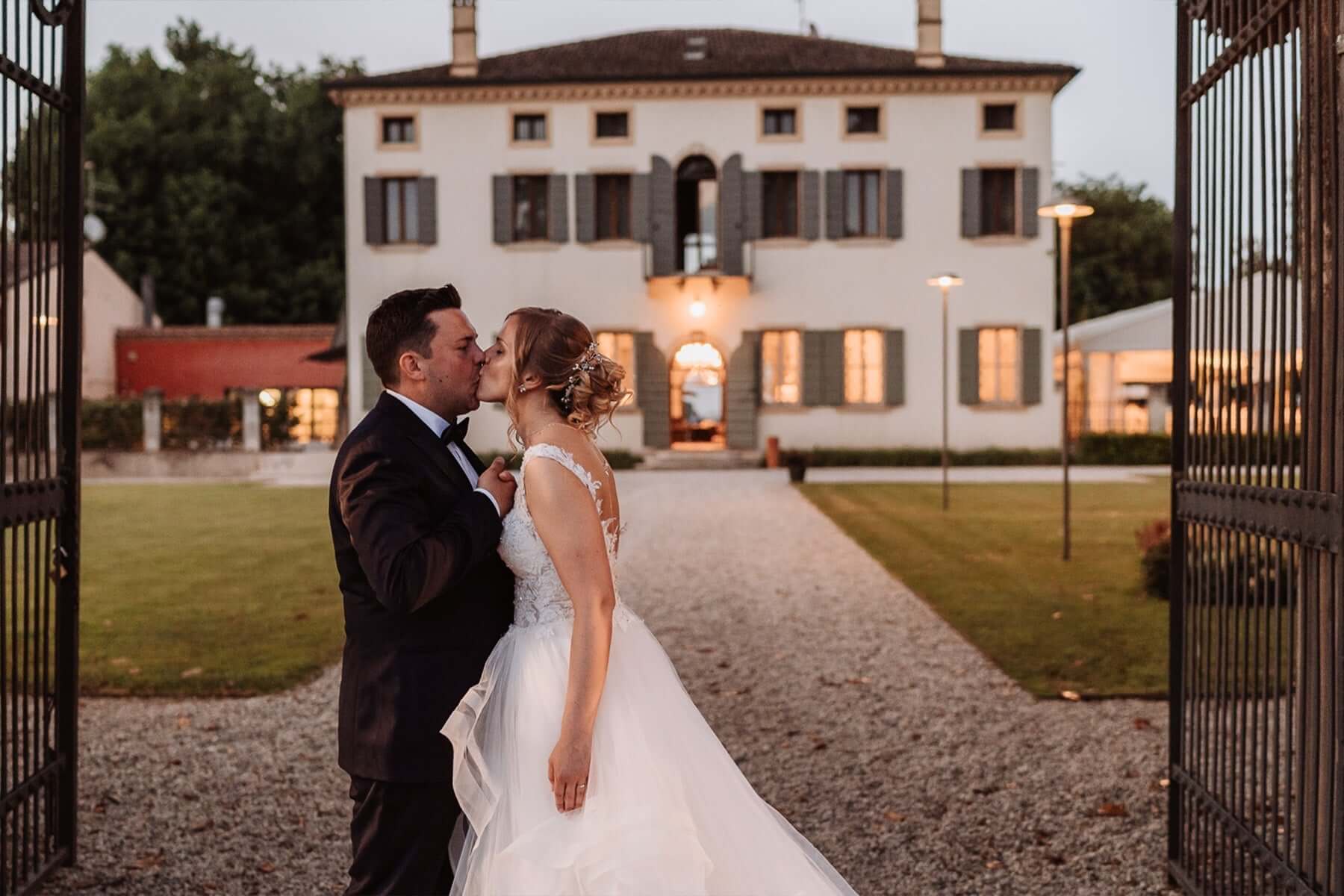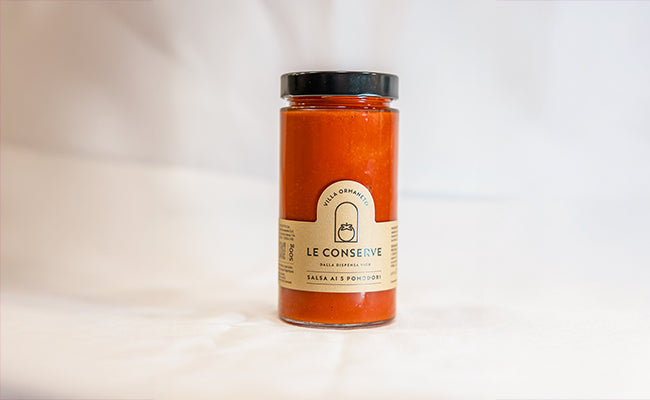
Food, love, and tradition
Food, love and tradition: the perfect combination at Villa Ormaneto

The wedding ritual, regardless of whether it involves a secular or religious ceremony, is often accompanied by a culinary moment involving the bride and groom and the guests attending the ceremony. From the throwing of rice which in many traditions – including the Italian one – is a good omen for fertility and prosperity, to the choice of the menu for the banquet, ranging from traditional and auspicious dishes to those chosen to amaze the guests, food certainly plays a leading role in the wedding rite, and also at Villa Ormaneto food and love are never missing.
In Germany, especially in Bavaria, tradition requires the Hochzeitssuppe , a wedding soup made with broth, meat and semolina dumplings. In Japan, a wedding soup is also consumed: it is called Ushiojiru and is prepared with broth and hamaguri, clams, whose shells, joined together, symbolize the harmonious married life of the couple. In China, ginkgo nuts are served, in Iraq marzipan sweets , in the United States and Great Britain (and beyond) the wedding cake is cut, which boasts a very ancient tradition.
In Greece, guests are given sugared almonds – koufeta – made of almonds, chocolate and covered with sugar, strictly in odd numbers. This represents the unity of the couple, since odd numbers cannot be divided, while in Brazil guests are given bem casados , two cookies held together by dulce de leche representing the sweet union of the couple, and before eating them a wish is made. In South Korea during the pyebaek, an intimate ceremony attended only by the families of the newlyweds, the bride brings chestnuts and dates as symbols of fertility. At the end of the ceremony, relatives throw them back to the bride who tries to catch as many as possible, representing the number of children she will have. (taken from “Atlante di Geogastronomia” by Martina Liverani).
Food and love at Villa Ormaneto: the traditions of the wedding cake
At Villa Ormaneto, the cutting of the cake is a special moment dedicated to a specific setup. All attention is focused on the cake, spectacular and original, and on the moment of cutting the first slice. But where does this tradition come from? It seems to descend even from ancient Rome, when the groom, at the end of the ceremony, used to break a barley bread loaf on the bride’s head as a sign of good wishes and fertility, and the guests hurried to collect the crumbs to take home some of that luck.
In the Middle Ages, the custom of bringing sweets to weddings spread; in particular, guests brought small loaves or cookies for the bride and groom and stacked them one on top of the other creating a kind of mountain. The higher the mountain, the more goodwill for the couple. In England, this custom was combined with glazing the “mountain” of loaves to hold them better together. It was the French pastry chef Careme who codified the sweet made of small loaves tied together with caramel: thus giving life to the first “croquembouche”. White wedding cakes were born to emulate the wedding cake of Queen Victoria (which measured three meters in diameter and weighed 140 kilos), who was the first to be covered with white icing.
White is indeed the color that represents the purity of the bride, but not only that: the whiter the cake, the more refined sugar it contained and consequently the greater the bride’s dowry wealth since at the time refined sugar was very expensive and few families could afford it. The tiered cake is instead an idea of son Leopoldo who married in 1882. In any case, regardless of the shape and type of cake, the ritual requires that the first slice be cut by the wife and husband holding the knife together and then serving each other.
The symbolism linked to the wedding cake is very rich in meanings: for example, the circular shape recalls that of the rings, the so-called “true” ones, which represent the eternal union of the couple. The various tiers represent the paths of life or the number of children that are hoped for as a good omen.
Finally, a curiosity : The toppers depicting the bride and groom date back to the late nineteenth century. Initially made of resin and plaster, in the twenties they began to be produced industrially in celluloid. From the fifties they became an essential decoration on the wedding cake.



